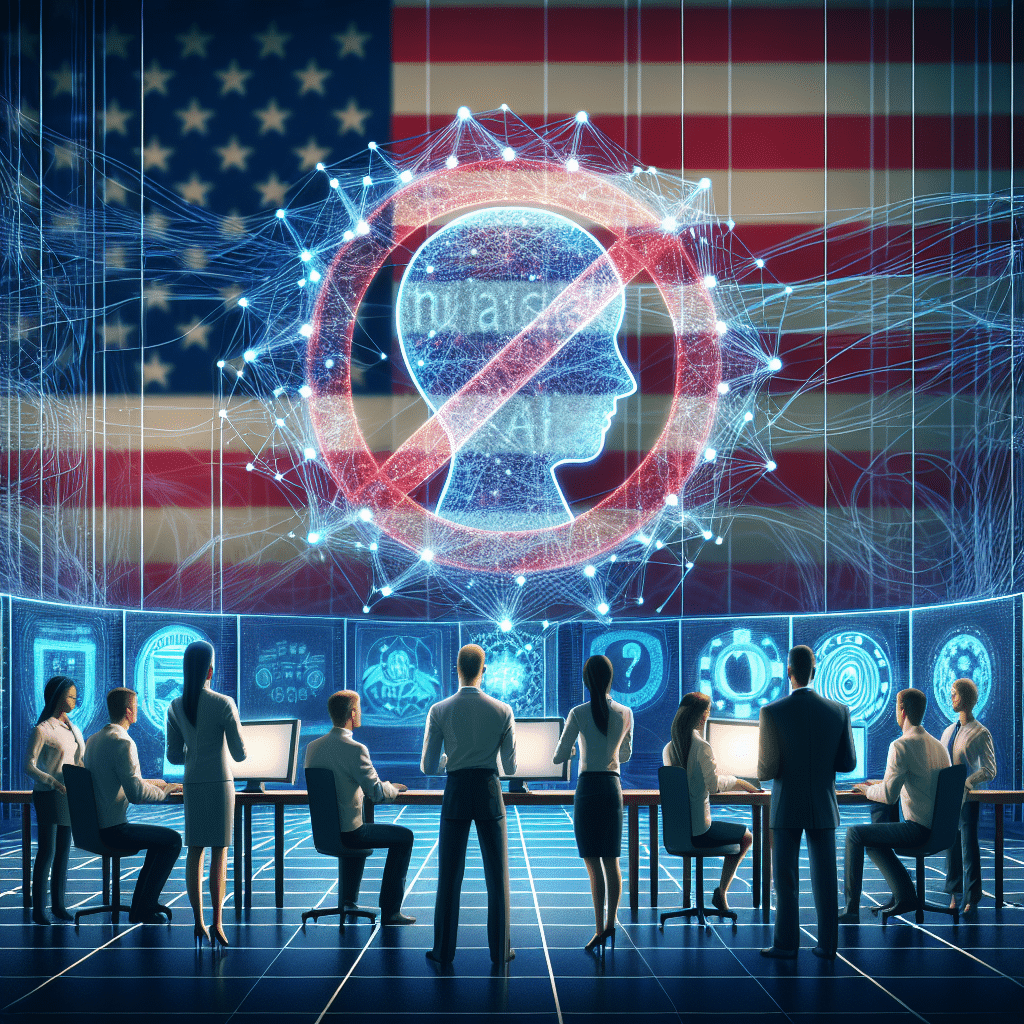In the evolving landscape of the internet and digital communication, recent legislative proposals have introduced a complex challenge: balancing the imperative need for regulation with the fundamental rights of free speech and creative freedom. Emerging concerns highlight the potential for new legislation to inadvertently pave the way for private censorship, thereby posing significant risks to both free speech and the rights of creators. This article delves into these critical issues, emphasizing the necessity of a carefully considered approach to digital legislation.
The Intersection of Legislation and Digital Freedom
The digital age has ushered in unparalleled opportunities for expression, creativity, and information sharing. However, it has also brought to the fore the issue of regulating content without infringing on the rights to free speech and creative expression. The challenge lies in crafting legislation that effectively addresses harmful content and activities online while safeguarding the liberties that form the bedrock of digital spaces.
Recent warnings from legal professionals about the possible repercussions of new bills on free speech and creators’ rights underscore the delicate balance policymakers must achieve. The primary concern revolves around the potential for such laws to empower private entities with the authority to censor content, raising alarms about the implications for democratic discourse and innovation in the digital realm.
Potential for Private Censorship
The crux of the matter centers on the ways in which proposed legislation could inadvertently grant excessive censorial powers to private organizations. This scenario poses a twofold risk: it could compromise the open exchange of ideas and information crucial to democratic societies, and it could unduly constrain the creative freedoms of individuals and groups seeking to contribute to digital culture.
Insights from legal experts caution that without careful consideration and safeguards, legislation intended to protect against harm could instead restrict legitimate expression and stifle innovation. The concern is that overbroad or vaguely defined regulatory measures could result in a conservative approach by platforms, erring on the side of caution by limiting or removing content that might be legally and ethically permissible.
Striking a Balance
Finding equilibrium in digital regulation requires a nuanced understanding of both the potential harms necessitating regulation and the fundamental freedoms at stake. It calls for a collaborative approach involving stakeholders from across the spectrum, including policymakers, platform operators, legal experts, and the wider public. Ensuring transparency in the formulation of laws and policies, as well as clear guidelines for their implementation, is crucial to preserving the integrity of digital spaces as avenues for free expression and innovation.
The dialogue surrounding these issues must also consider the evolving nature of digital communication and the ways in which technology can both challenge and enhance democratic engagement. Adaptive, forward-thinking legislation that acknowledges the complexities of the digital age is essential for protecting against genuine harms while fostering an environment where creativity and free speech flourish.
Conclusion: Navigating the Path Forward
The conversation around the potential impact of new bills on free speech and creators’ rights is a microcosm of the broader discourse on the future of digital regulation. At the heart of this discourse is the imperative to safeguard the foundational values of open, democratic societies in the face of technological advancement and changing modes of communication.
As the digital landscape continues to evolve, so too must our approaches to regulation and governance. Emphasizing precaution and precision in legislative efforts, engaging in open dialogue with diverse stakeholders, and prioritizing the protection of fundamental freedoms are essential steps in ensuring that digital spaces remain vibrant, inclusive, and free. In navigating these challenges, the goal should be to craft policies that uphold the principles of free speech and creative freedom, while fostering a safe and respectful digital environment for all.
In conclusion, addressing the legitimate concerns raised by legal professionals necessitates a careful, considered, and collaborative approach to digital legislation. By prioritizing the protection of free speech and creators’ rights alongside the need for regulation, we can work towards a digital future that is both safe and free.
